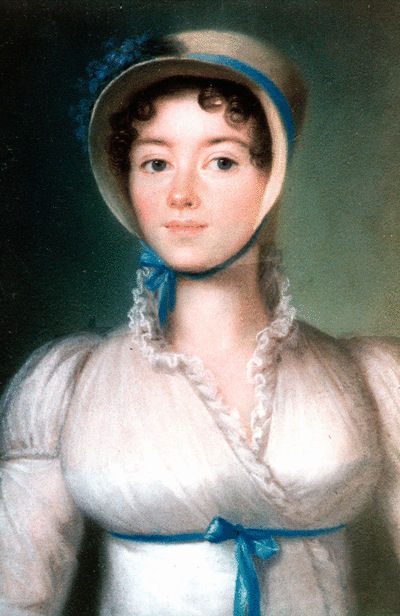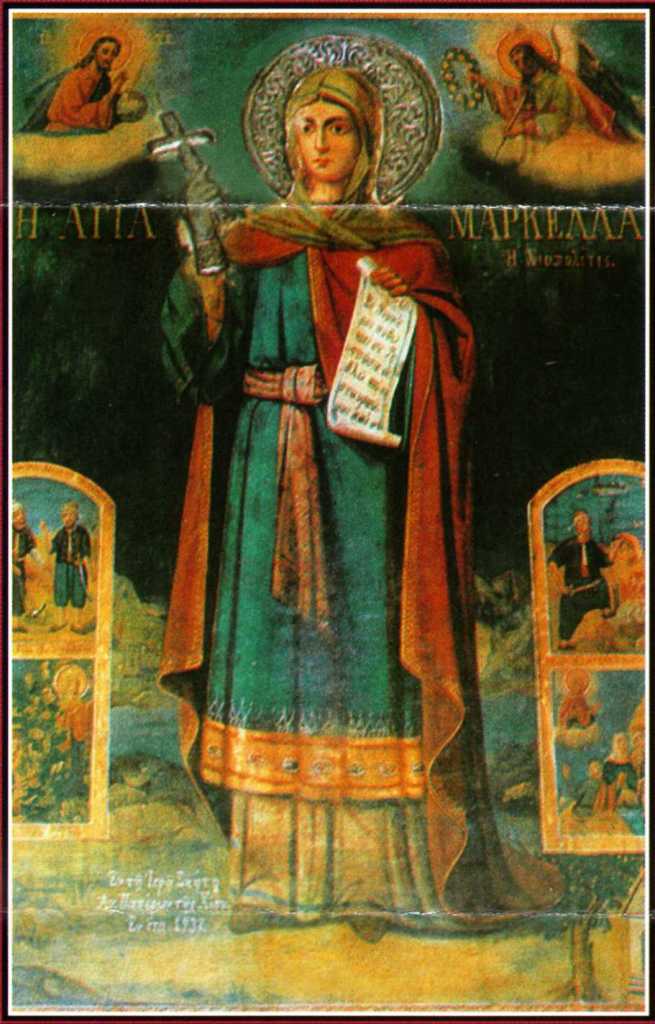
Hengist of Kent
Of the military character and predatory spirit of the Saxons an accurate notion may be formed from the Danish adventurers of the ninth and tenth centuries. Both were scions from the same Gothic stock; but the latter retained for a longer period the native properties of the original plant. Hengist and Cerdic, and their fellow-chieftains, were the sea-kings of their age, animated with the same spirit, and pursuing the same object as the barbarians, whose ferocity yielded to the perseverance of Alfred, but subdued the pusillanimity of Ethelred. The reader has only to transfer to the Saxons the Danish system of warfare, its multiplied aggressions, its unquenchable thirst of plunder, and its unprovoked and wanton cruelties, and he will form a correct picture of the state of Britain, from the first defection of Hengist to the final establishment of the octarchy. The adventurers did not think of colonizing the countries which they conquered, till they had become weary of devastation; and then they introduced the institutions to which they had been habituated in their original settlements, and successively modified them as circumstances suggested.

Hengist and his brother, Horsa, landing in England.
Of these the most important, and that which formed the groundwork of the rest, may be discovered among the Germans in the age of Tacitus. From him we learn that every chieftain was surrounded by a number of retainers, who did him honor in time of peace, and accompanied him to the field in time of war. To fight by his side they deemed an indispensable duty; to survive his fall, an indelible disgrace. It was this artificial connection, this principle which reciprocally bound the lord to his vassal, and the vassal to his lord, that held together the northern hordes, when they issued forth in quest of adventures. They retained it in their new homes; and its consequences were gradually developed, as each tribe made successive advances in power and civilization. Hence, in process of time, and by gradual improvements, grew up the feudal system, with its long train of obligations, of homage, suit, service, purveyance, reliefs, wardships, and scutage. That it was introduced into England by the Norman conqueror, is the opinion of respectable writers; and the assertion may be true….. But all the primary germs of the feudal services may be descried among the Saxons, even in the earlier periods of their government; and many of them flourished in full luxuriance long before the extinction of the dynasty….

Cynewulf of Wessex Slain at Merton
That the artificial relation between the lord and his man, or vassal, was accurately understood, and that its duties were faithfully performed by the Anglo-Saxons, is sufficiently evident from numerous instances in their history. We have seen that when Cynewulf was surprised in the dead of the night at Merton, his men refused to abandon, or even to survive their lord; and when on the next morning the eighty-four followers of Cyneheard were surrounded by a superior force, they also spurned the offer of life and liberty, and chose rather to yield up their breath in a hopeless contest, than to violate the fealty which they had sworn to a murderer and an outlaw. An attachment of this romantic and generous kind cannot but excite our sympathy. It grew out of the doctrine, that of all the ties which nature has formed or society invented, the most sacred was that which bound the lord and the vassal; whence it was inferred that the breach of so solemn an engagement was a crime of the most disgraceful and unpardonable atrocity. By Alfred it was declared inexpiable; the laws pronounced against the offender the sentence of forfeiture and death.

It was not, however, an institution which provided solely for the advantage of one party. The obligations were reciprocal. The vassal shared with his fellows in the favors of his lord, and lived in security under his protection. It was a contract, cemented by oath, for the benefit of each. “By the lord,” said the inferior, placing his hands between those of his chief, “I promise to be faithful and true; to love all that thou lovest, and shun all that thou shunnest, conformably to the laws of God and man; and never in will or weald (power), in word or work, to do that which thou loathes, provided thou hold me as I mean to serve, and fulfil the conditions to which we agreed when I subjected myself to thee, and chose thy will” (Leg. 401, 50, 63).
This last proviso furnished the usual pretext for the dissolution of these engagements.

John Lingard, The History of England: From the First Invasion by the Romans to the Accession of William and Mary in 1688 (Edinburgh: John Grant, 1902), vol. I, 376-9.























